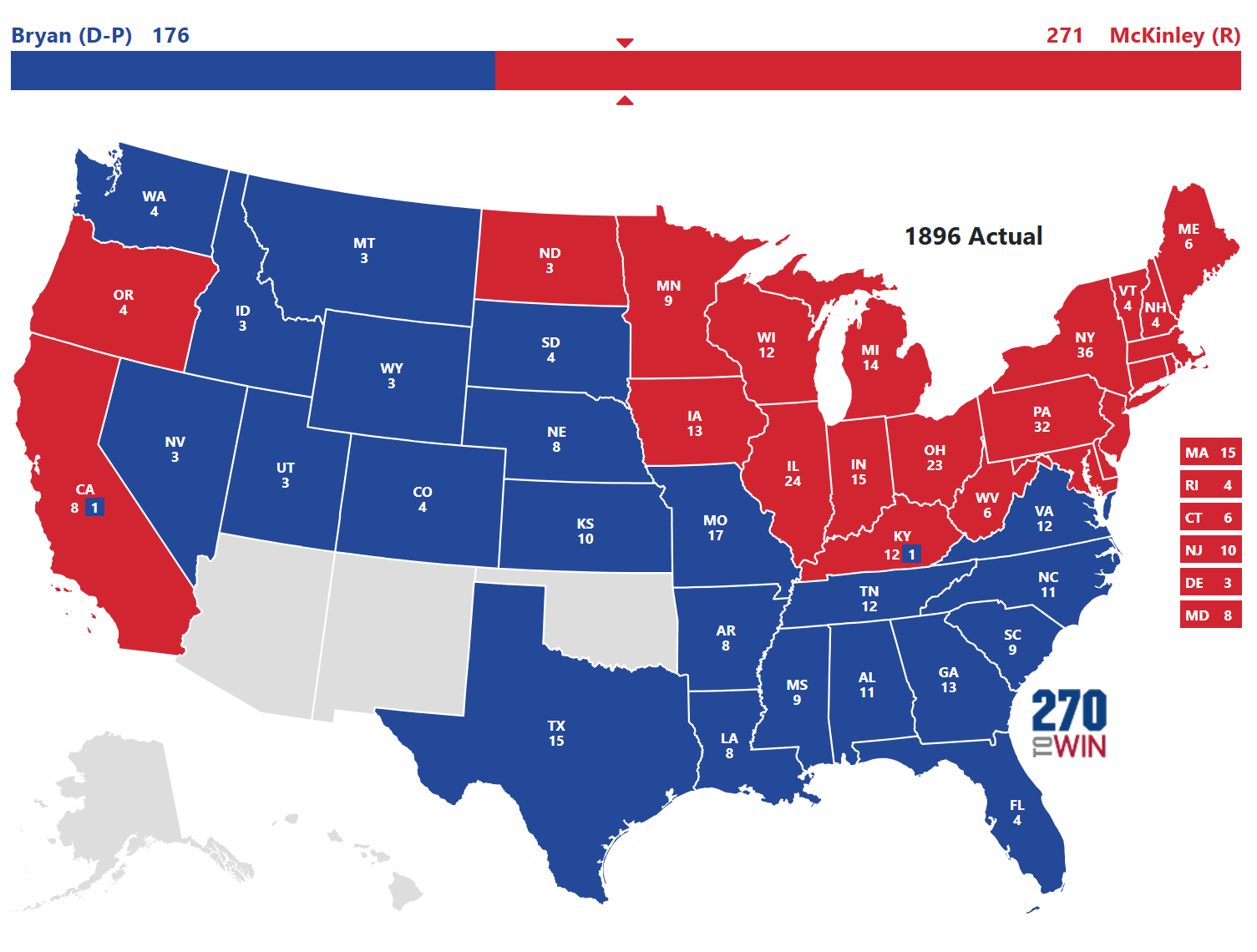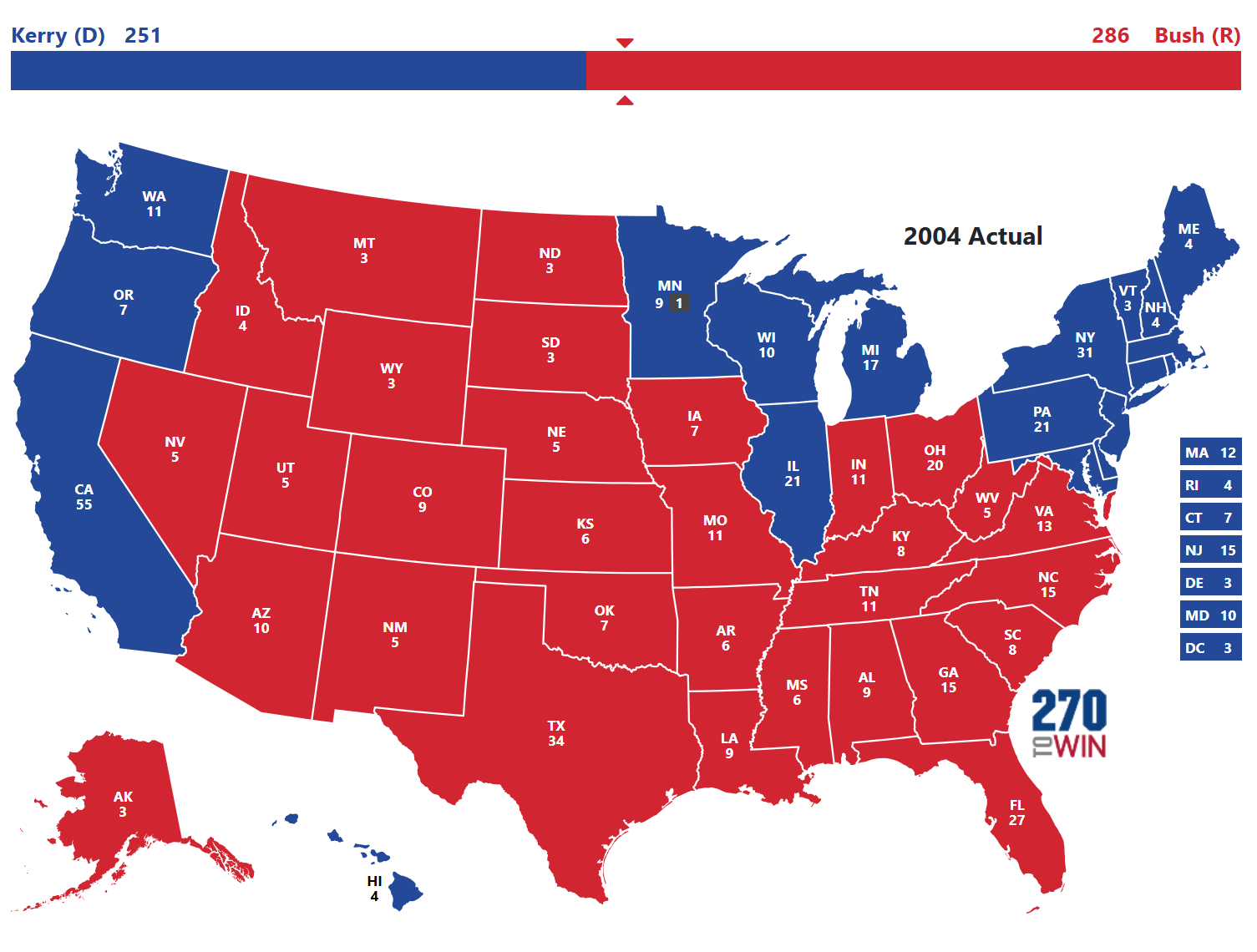For Tuesday, Hershey, ch. 1.
From the article:
In our view, party networks make big decisions. They choose candidates, set policy agendas, formulate ideologies, and build coalitions. Obviously, though, networks lacking centralized leadership or decisionmaking rules usually do not “make” these decisions by at or vote counting, but rather through communication and mutual consent. This creates opportunities for dissent, factionalism, or exit. Both the process of making decisions and the responses of dissenting actors deserve further study. If party actors are playing signaling games, which signals are most influential within a network, and why? How are party
actors rewarded or punished for the signals they send? Under what conditions will party-affiliated interest
groups, media, and activists “leave” a party network?


The issues change over time ("Free Silver" in the 1890s)
Positions change. Statehood for Puerto Rico
Identification and Identity


The issues change over time ("Free Silver" in the 1890s)
Positions change. Statehood for Puerto Rico
Identification and Identity
PO -- party organization
PIG -- party in government
POG -- partisan outside groups
In addition to fundraising groups, consider:
- Think Tanks
- Partisan Media
- "Influencers"
From the article:
And informal organizations have always been hard to square with formal party organizations. Are super PACs part of the party, or not? Are the Koch brothers part of the Republican organization, or just unusually enthusiastic fans with their own tools and agenda? We could ask the same question of a host of informal organizations that have built parties throughout American history
Factions within parties
No comments:
Post a Comment
Note: Only a member of this blog may post a comment.